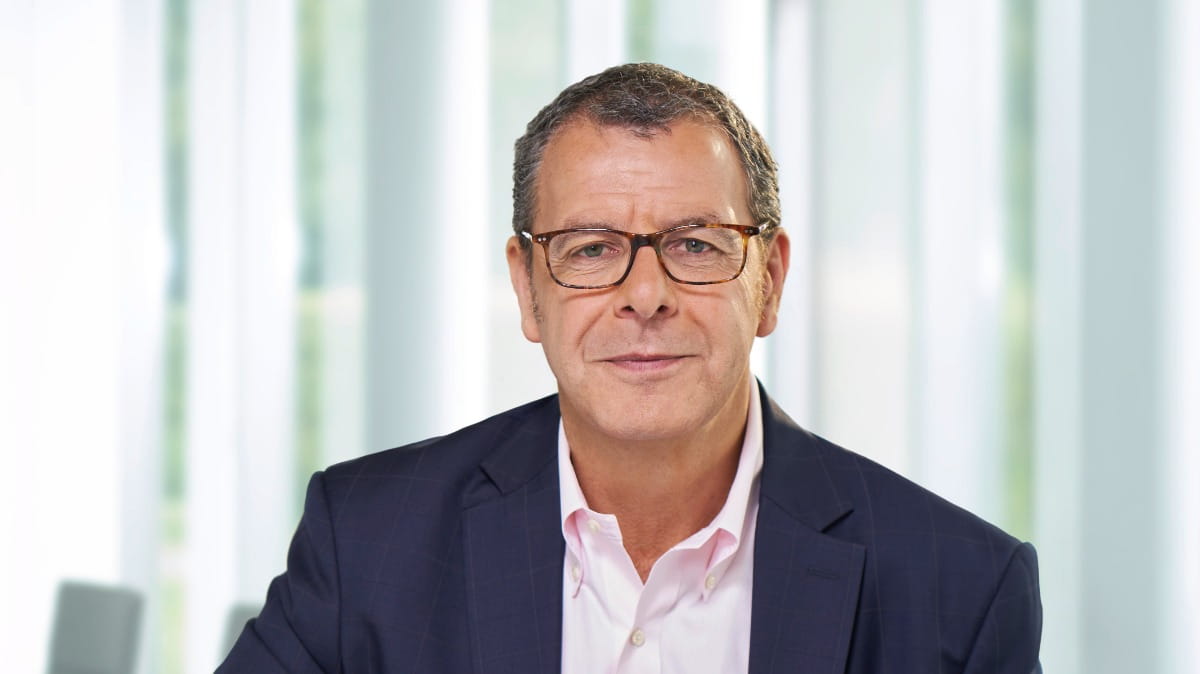
Tuberculosis is highly infectious and a global problem that COVID-19 has only made worse. Two legacies of the response to COVID-19 give rise to hope. Thierry Bernard, CEO of QIAGEN, says many health systems now have unprecedented testing and tracing capacity that can be used to test for TB.
The 10 million people who develop active TB every year represent only the tip of the iceberg. The world has many people enduring active TB – and is teeming with latent TB cases constantly morphing into infectious ones.
Thierry Bernard, Chief Executive Officer and Managing Director
We have to contend with this enlarged reservoir of latent TB just as the world limbers up again after various waves of COVID-19-induced lockdown. People all over the world will travel again and they will congregate to study, do business or enjoy just being together again.
Thierry Bernard, Chief Executive Officer and Managing Director
Millions of people will develop active TB after months or years of carrying the latent disease undetected in their bodies. Their symptoms may be mild and go undiagnosed and untreated for months. The World Health Organization (WHO) reckons such sufferers can infect 10–15 other people over a year.
Thierry Bernard, Chief Executive Officer and Managing Director
Make use of the testing mindset
Ironically, there are two legacies of our response to COVID-19 that should give us hope for TB. Many health systems now have unprecedentedly large testing and tracing infrastructures that we can use to test for TB. Equally, ordinary people the world over have in the past year come to understand, support and even undergo tests for disease. This “testing mindset” allows governments to create unprecedented momentum for screening campaigns against latent TB. TB is one of the oldest infectious diseases whose traces have been found in ancient Egyptian pharaohs’ mummies. It has been haunting mankind for millennia. We still have a chance to finally get it under control.
Thierry Bernard, Chief Executive Officer and Managing Director
Thierry Bernard joined QIAGEN in February 2015 to lead the company’s growing presence in molecular diagnostics, the application of Sample to Insight solutions for molecular testing in human healthcare. He was named Chief Executive Officer in March 2020 after serving in this role on an interim basis and became a member of the Managing Board in 2021. Previously, Mr. Bernard held roles of increasing responsibility during 15 years with bioMérieux SA, most recently as Corporate Vice President, Global Commercial Operations, Investor Relations and the Greater China Region, and held senior management roles in several other leading international companies. He was named Chair of the AdvaMedDx Board of Directors in March 2023, a US industry trade association, and joined the Board of Directors of Neogen Corporation (NASDAQ: NEOG) in 2024. Mr. Bernard has earned degrees and certifications from Sciences Po, the London School of Economics, the College of Europe, Harvard Business School, Centro de Comercio Exterior de Barcelona. He has been appointed Conseiller du Commerce Extérieur by the French government.


